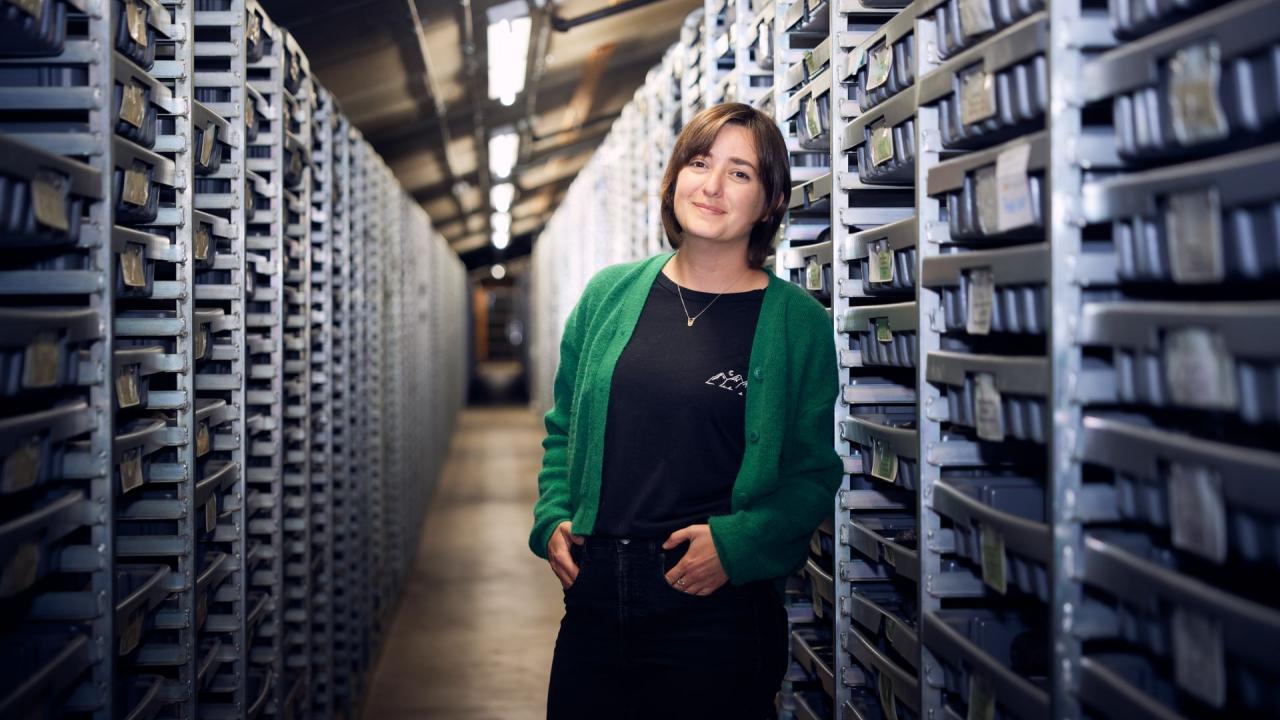The Los Angeles River is one of the city’s more dubious landmarks. In the late 1930s, the U.S. Army Corps of Engineers poured cement there to limit the risk of flooding, but in doing so, erased any clues to the river’s previous life.
Efforts are now underway to restore a portion of the river and create a recreational area around it; a key goal is to reintroduce a freshwater marsh habitat that will support increased populations of wildlife. UCLA’s Jessie George, who received her doctorate in geography last December, has joined with The Nature Conservancy and a group of other researchers and scientists to see how the paleo vegetation data she’s gathered can be applied to inform new plantings in the river’s habitat. George has been studying the plant fossils at La Brea Tar Pits for years and is among the first to study the site’s ancient vegetation.
To her, the fossils are a window into what thrived in the region’s past — and might flourish again. “I was always inspired by questions about how we got here,” she says, “how we were shaped by our environment, and how we shaped our environment in return.”
To her mentor and doctoral adviser, Glen MacDonald, George’s quest is what scientific discovery is all about. “Jessie has given new insight into the environment the famous fossils — the mammals — lived in, what vegetation they utilized,” said MacDonald, the UCLA John Muir Memorial Professor of Geography. “Her records show how sensitive some of the plant species are to climate change. And that information can be invaluable going forward.”
Read more at the UCLA Newsroom.
Image Source: Jesse Reiser





